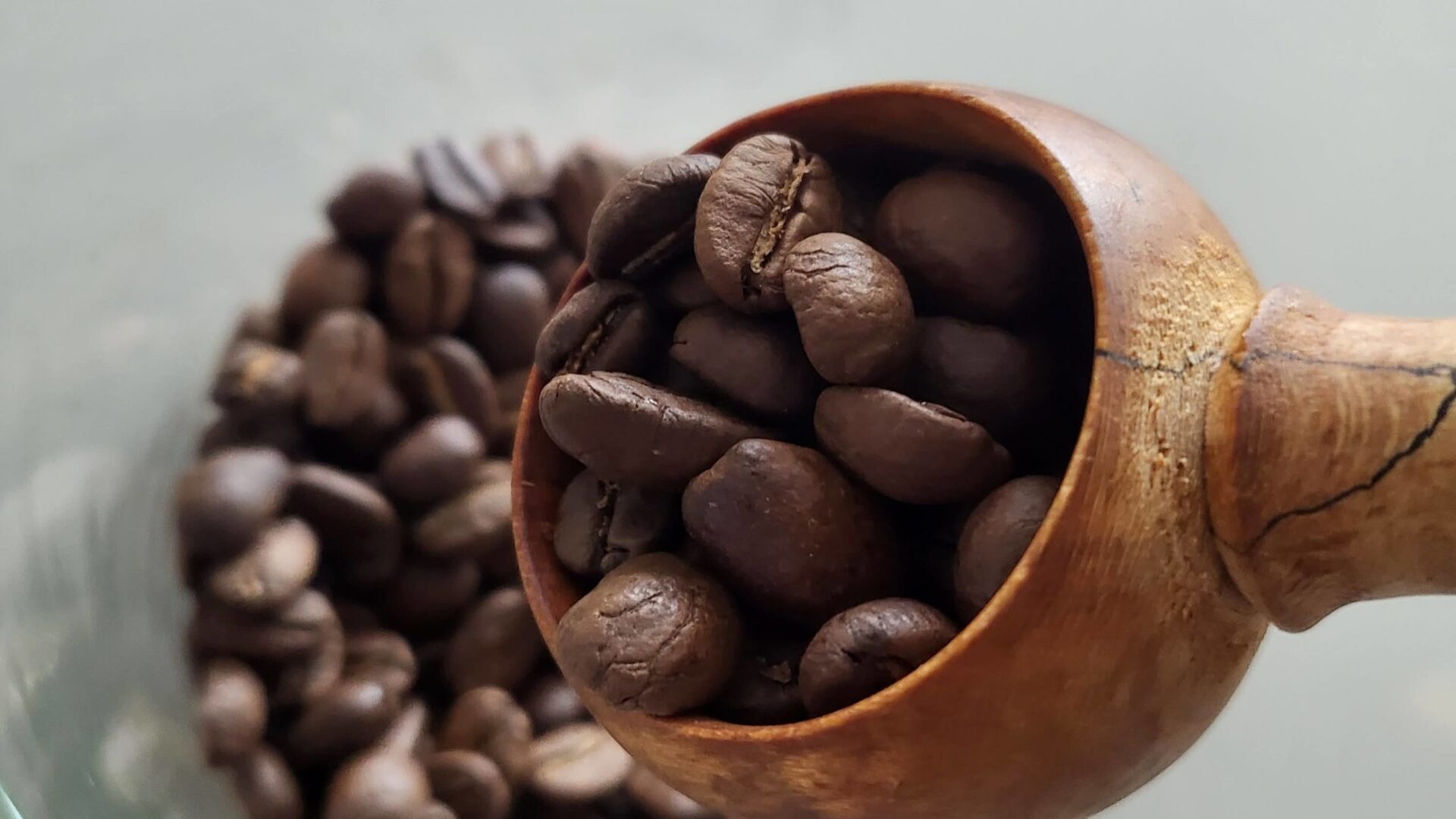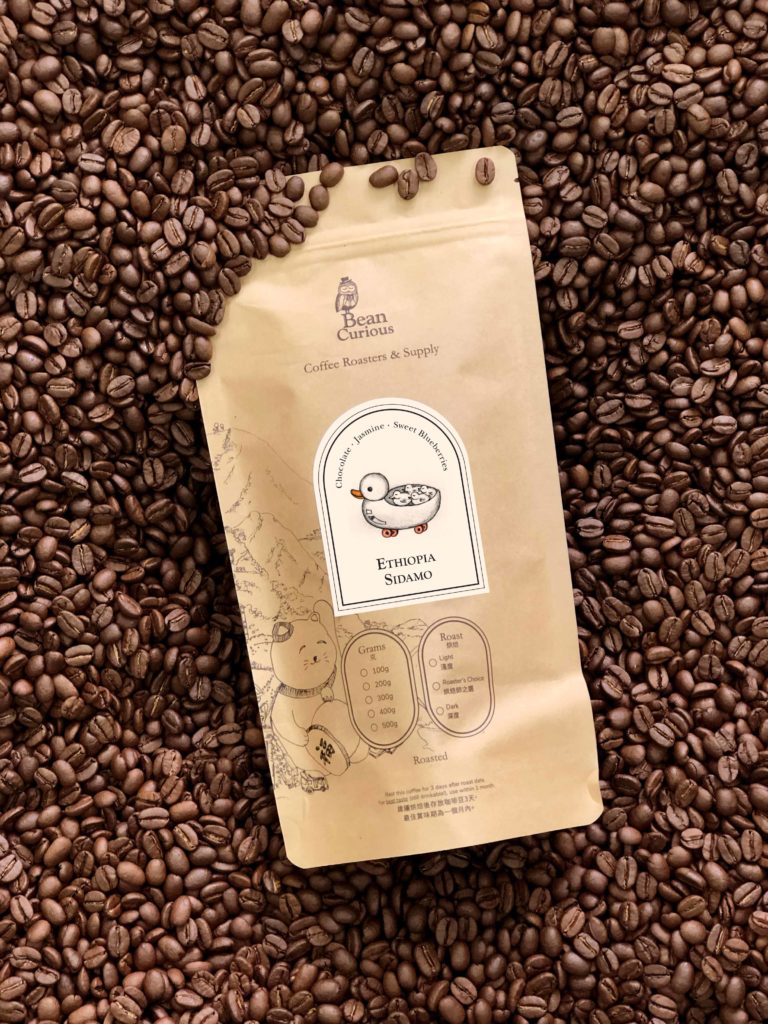Making pour-over coffee is delightfully slow and deliberate. As a ritual, it’s easy to get into, you can practice it every day, and your work pays off with a delicious drink. There are countless tutorials for pour-over on the internet but once you have the technique down, don’t stop there. The pour-over method gives you the keys to the coffee world. Go out and unlock the main event – the beans.

Picking coffee for pour-over really only requires a couple basic rules to keep in mind. The first is to find a coffee that has a lot going on. Anything that is described as complex, fruity, or floral is a solid bet. Cheap blends or coffees with a one-note profile such as “chocolatey” or “nutty” will work, but they’re kinda boring. Pick something that gives your hand brewing technique a challenge.
The second rule to keep in mind is roast-level. Delicate tastes like “floral” and “fruity” are the first ones to go up in smoke – literally. Dark roasts will burn off these flavors so for the most complex tasting coffee, you’ll want to look for beans roasted light to medium-light. Some dark roasts can make good pour-over, but they’ll be less interesting and be simpler than the same bean roasted lighter.
Improper technique has a simple solution: grind finer, brew hotter
– Anthony, BeanCurious’ in-house roaster
Now, your knee jerk reaction might be to say, “Hold on medium or light roasts are acidic aren’t they”? But please don’t think this holds true for all lighter roasts. Sour coffee could be the result of a few things including oxidized or old beans, or the result of improper brewing. Improper technique has a simple solution: grind finer, brew hotter. If you use a good burr grinder that produces uniform sized grinds, along with hot, near-boiling water, all the lovely sugary sweetness in the beans will get pulled out. The finer grind also limits the amount of acids dissolved from the beans, creating a better balance in your brew.
With roast and taste firmly in place, the rest is up to you. Single origin and specialty coffee beans are a good place to start as these tend to come from high-quality producers, especially those delicate coffees from Africa.
Famous for complex, layered coffees, Africa is home to a huge variety of coffee regions with an equally wide range of flavors. Ethiopia is particularly famous among pour-over lovers. If you are interested in something fruity, pick up an Ethiopian Natural Sidamo to hone pour-over skills on. Coffees from this region are grown high-up in the mountains, at around 2,200m, that results in very dense beans with concentrated flavors. The combination of fertile soil, hot days and cold nights creates highly floral beans with rich berry notes – a far cry from your usual cup of coffee.
Or if floral accents and lemon zest notes interest you, then Ethiopian Washed Yirgacheffe would be your cup. Similar to Sidamo, these beans are famous for their floral accents but the soils and terroir here create a cleaner flavor with a more lemon/citrus taste that balances beautifully with the inherent sweetness of the beans.
Too tame? Then look no further than African Washed Process coffees from Kenya. Coffees grown here, have very low acidity indeed and instead are renowned for a unique black grape-like winey character. The light roasts even take on a savoury tomato soup like character. Once you smell it, it’s impossible to forget.
For the intrepid pour-over enthusiast, fermented coffee beans are another avenue to explore. Look for packs with labels such as Wine Process or Barrel Fermented, Anaerobic Fermented, Honey process, Semi-washed or Pulped. All these production techniques let the beans go through a long aerobic or anaerobic fermentation phase (like wine). The result? A complex brew of heavy tropical fruits, intense sweetness and wine-like flavours.
Pour-over is a great way to be more mindful about your coffee and really highlight the effort, terroir and skills coffee farmers have put into their products. Once you have the technique and established your morning ritual, don’t squander your talents with the boring stuff. Go explore what your neighborhood roaster has to offer and pick up a range of beans you wouldn’t normally try. You’ll be surprised at what tastes your hands can pull out.




